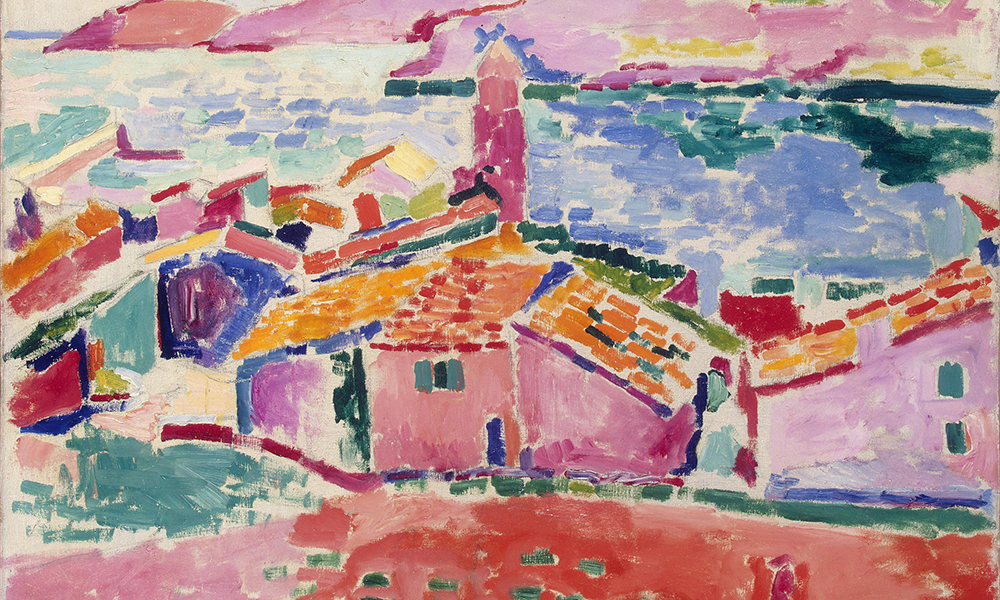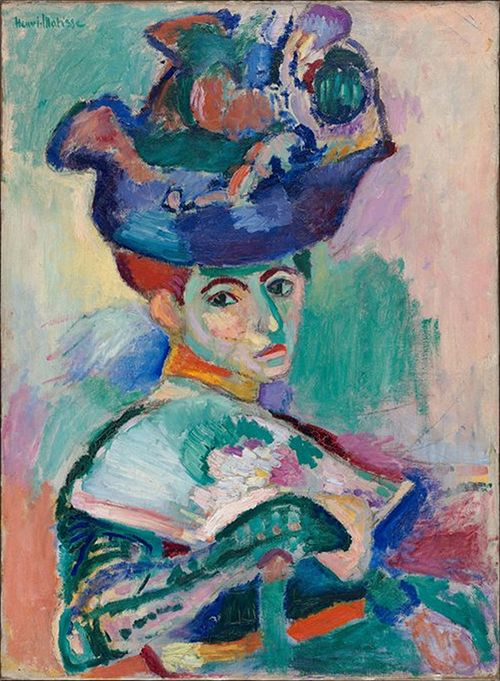Fauvism art in the early 1900s involved a concentrated group of painters who, although without drafting a defined artistic formula, greatly influenced the art to come. Daring and bright, Fauvism is among the most energetic and influential styles in Western Art. Besides, the artistic current boasts an exceptional pioneer: the French painter Henri Matisse.
Fauvism, art and emotion
More than loyalty to the depicted scene, the artistic current had the aim of interpreting how the scene is conceived in the mind. In complete contrast to the pastel-colored impressionist paintings from the 1800/1900, Fauvism is characterized by the centrality of the emotional and irrational approach.

Above all, more than on purpose, the matter is about freethought. Fauves deny the mainstays of the artistic styles, putting on the canvas impactful colors and images that do not aspire to realistic representations. The priority is instead to replicate the essence, the emotion aroused by the subject. To this end, Matisse and his followers created multi-colored paintings and scratchy brush stroked figures.
Following in Matisse’s footsteps, the followers of the genre embraced a type of painting that escaped the schemes of ratio. Color became the tool to represent the world mainly on an emotional level.
In particular, in the Fauvist paintings, there is the abolition of perspective and chiaroscuro. The choice of colors combine cold and warm palettes in the same work. As for the choice of subjects, although there is no strict confinement, there is a return to landscapes.
Matisse, pioneer of Fauvism
The first time Matisse exhibited his colorful paintings a critic claimed that the works seemed to have been created by “fauves” (wild beasts). The French artist and his followers chose to represent themselves with that word, defining Fauvism their artistic approach.

Matisse’s technique is particularly visible in works like “View of Collioure” and “Woman with a Hat“. In the first work, the use of color is anti-naturalistic. In particular, there is no geometric perspective and the spatiality is devoid of volume. Instead, what is evident is a bright contrast of temperature, brightness, and color scheme that defines an incredibly personal interpretation.
In the famous “Woman with a Hat“, the artist chooses the portrait to convey the idea behind Fauvism Art. The work is a portrait of the artist‘s wife. The hat and fashionable clothes offer the artist the opportunity to create a work based on the expressiveness of color.
Matisse’s companions in the new artistic approach were André Derain, Albert Marquet, Maurice de Vlaminck, Henri Manguin and Charles Camoin. These, despite having been artists with different artistic phases, have preserved over time the idea of Gustave Moreau, at the basis of Fauvism art:
“I don’t believe in reality; neither of what I see or what I touch, but only of that of my inner feeling.“
Gustave Moreau
Paradoxically, the success of Cubism followed the excess of the Fauves, seen as a desire for form and a greater organization, which put a brake on the absolute freedom of color of Fauvism.